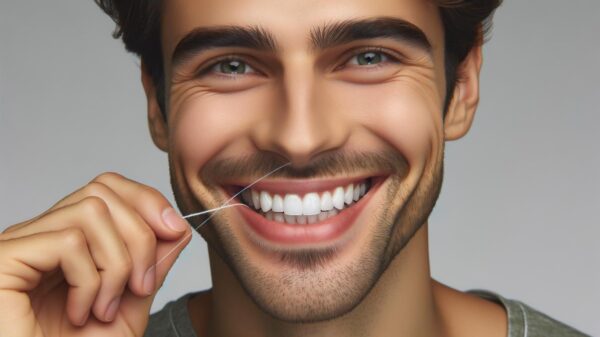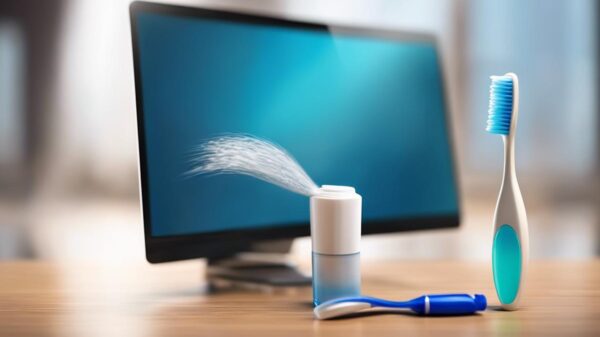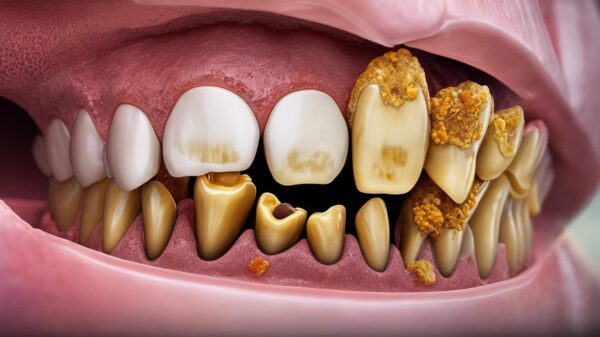Everything to Know About Maintaining Your Teeth After Whitening
While teeth whitening can drastically brighten and whiten your teeth, the procedure will eventually fade and you’ll be back to where you started. You can aid the effects of a teeth whitening procedure lasting longer by taking steps to maintain your brightness and color of your teeth. This can save you money and time when it comes to getting your teeth whitened.
So, how can you maintain your teeth after whitening? Here are some steps you can take to maintain your teeth after whitening:
- Avoid dark-colored foods and drinks
- Brush your teeth at least twice a day
- Floss once a day
- Use a whitening toothpaste once a week
- Rinse your mouth with mouthwash
- Visit your dentist for professional teeth cleaning
While teeth whitening procedures aren’t permanent, you can keep your smile bright by properly taking care of your oral health. To learn more about how to maintain the color and brightness of your teeth after a teeth whitening procedure, keep reading.
Avoid Dark-Colored Foods and Drinks
Just because your teeth have been whitened doesn’t mean that they can’t get stained by dark-colored foods and drinks. Even if you haven’t had your teeth whitened but want to maintain the shade of your teeth, you should avoid certain foods, beverages, or products.
Here is a list of things that you should avoid consuming after getting your teeth whitened:
- Tobacco
- Tomato sauce
- Dark teas
- Coffee
- Red wine
- Soy sauce
- Soda
- Dark fruits
- Dark fruit juices
- Energy drinks
- Sugary juices
- Candy
- Starchy foods
After seeing this list, you may be reluctant to even try and maintain your teeth after whitening. How many people can’t go a day without their coffee! The good news is that you can still consume these items, just not in an excessive manner. It’s important to be aware of the foods and drinks that can cause your teeth to become stained so you can make the decision whether or not you want to continue consuming the product.
Brush Your Teeth at Least Twice a Day
Did you know one of the best ways to maintain the health and the color of your teeth is to brush regularly? Every dentist will tell you that brushing your teeth at least twice a day is the best preventative care you can get for your teeth. Brushing works to remove plaque and food particles from your teeth.
Plaque and food particles contain bacteria and acid that will work to break down the enamel of your teeth. If you’re brushing your teeth at least twice a day, the plaque won’t have time to affect your teeth. When plaque is left unattended, it will cause your teeth to yellow and fade in brightness.
While brushing your teeth is important to your oral health, it can be difficult to remember to brush your teeth if you have a busy schedule. If this sounds like you, check out our article Ways to Remember to Brush Your Teeth (That Actually Works.)
Floss Once a Day
 Another activity that can go a long way in not only maintaining the health of your teeth but also maintaining your teeth after whitening is flossing. Dentists recommend that you should floss once a day to remove plaque and food particles from between your teeth.
Another activity that can go a long way in not only maintaining the health of your teeth but also maintaining your teeth after whitening is flossing. Dentists recommend that you should floss once a day to remove plaque and food particles from between your teeth.
Most teeth decoloration and decay tend to happen between teeth, where it can be difficult to remove plaque and debris. These areas between teeth can be difficult to reach even by your toothbrush, meaning that if you’re not flossing regularly, you may have plaque in between your teeth for days and weeks at a time.
When plaque is left on the tooth, the bacteria and acids in the plaque will start to eat away at the tooth’s enamel. Enamel is the protective outer layer of the tooth. Once the enamel has been damaged, the bacteria can now get further into the tooth, causing cavities and tooth decay.
Use a Whitening Toothpaste Once a Week
An easy way to help maintain your teeth after whitening is to use a whitening toothpaste once a week. Whitening toothpaste contains bleaching agents that regular toothpaste does not. These bleaching agents work to remove stains from settling in, which can help keep your teeth brighter for longer.
It’s important to note that products with bleaching agents should not be used daily on your teeth. When used excessively, the bleaching agent can actually damage the enamel of your teeth and cause you to experience sensitivity. This is why you should only use whitening toothpaste at most once a week to avoid causing damage to your teeth.
On the days between using a whitening toothpaste, you can use regular toothpaste. While there are many kinds of whitening toothpaste on the market, the best way to find a good brand is to ask your dentist. They can recommend a product to you or may even have toothpaste in stock that they’ll give you.
Rinse Your Mouth With Mouthwash
Did you know that the human mouth has more bacteria in it than a dog mouth? Bacteria eats away at your teeth to create cavities, decay, and gum disease. It can damage enamel, cause your gums to become sore and swollen, and discolor your teeth.
While brushing and flossing may remove bacteria from your teeth, it doesn’t necessarily remove it from your mouth. For this reason, it’s important to rinse your mouth with an antibacterial mouthwash. Certain mouthwashes have been proven to kill 99.9% of germs and bacteria, leaving your mouth clean and healthy.
If you’ve whitened your teeth, your biggest battle should be against plaque and bacteria. By rinsing your mouth with mouthwash, the mouthwash can reach areas of your mouth that not even flossing and brushing can. It can also rid your mouth of your biggest enemy. For the most effective results, swish antibacterial mouthwash around in your mouth for one minute at a time.
Visit Your Dentist For Professional Teeth Cleaning
While the normal person can be effective at maintaining the color of their teeth and their oral health by simply brushing and flossing regularly, it’s important to note that they aren’t professionals. Dentists are skilled and trained at cleaning teeth and reviewing your oral health to catch any early signs of tooth decay and help you correct the issue.
It’s recommended that you visit a dentist at least twice a year for professional teeth cleaning. Luckily, most insurance carriers will cover two cleanings a year. At this appointment, you can also get a dental exam and other preventative treatments like fluoride treatments or sealants that can help protect your teeth from decay.
Your dentist will be able to give you tips on how you can maintain your teeth after whitening. They may also be able to catch areas of your teeth that are suffering from stains and discoloration. This warning will let you know that you can change your diet to maintain the brightness of your teeth.
Going to the dentist is an important part of taking care of your oral health. To learn what can happen if you don’t go to the dentist, read this article What Happens If You Never Go to the Dentist?
Teeth whitening can help you feel confident in your smile and make your teeth look brighter and shinier. When properly maintained, the effects of a teeth whitening procedure can last around two years. By following the tips mentioned above, you can maintain your teeth after whitening. To learn more about caring for your teeth, you can visit more of our dental care website here.











